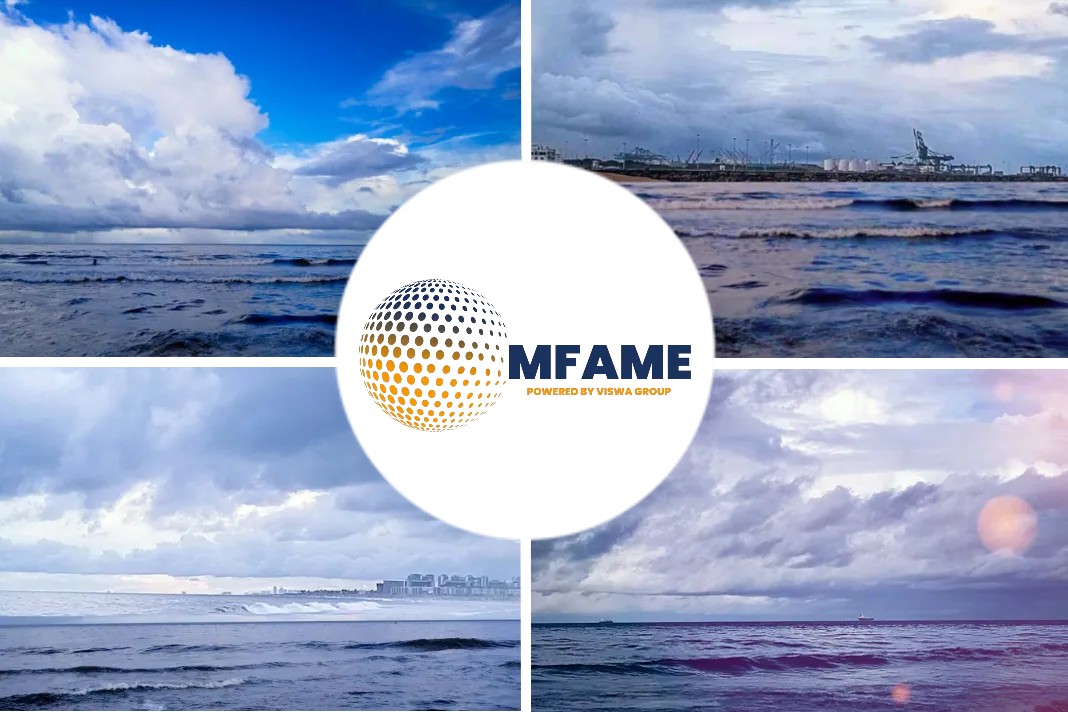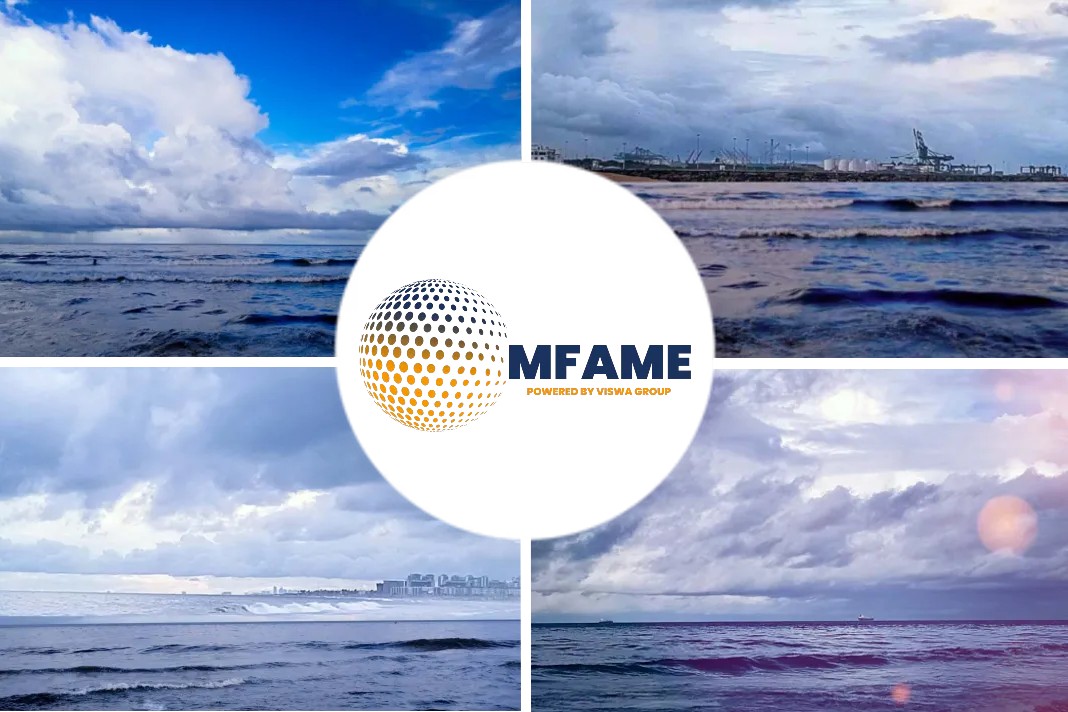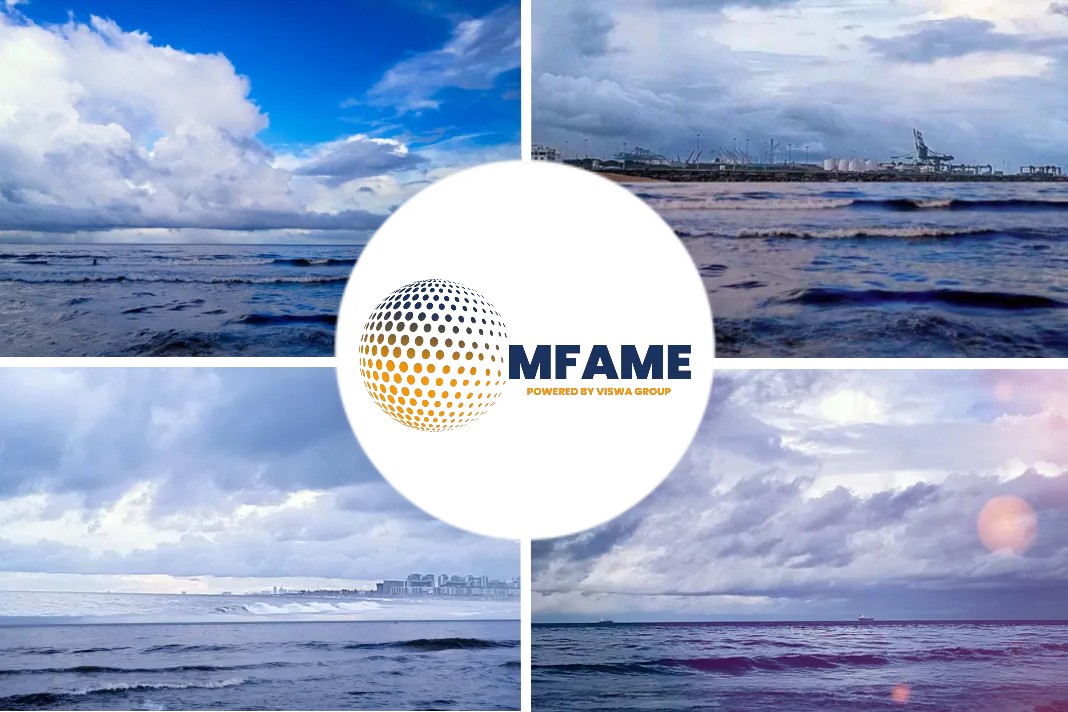What a year! With 2020 coming to a close, gCaptain reports the top maritime stories that continued to make headlines all year long.
IMO 2020
The year started with one of the most monumental shifts in modern shipping history with the entry into force of the IMO 2020 regulations limiting the amount of sulfur used in ship fuel around the world.
The regulations limit the maximum sulfur content in marine fuels to 0.5% globally, down from 3.5% previously, and are meant to reduce harmful air pollution from ships.
The regulation forced the shipping industry to comply by either buying higher-priced low sulfur fuel, installing and using so-called “scrubbers“, or transitioning to an alternative fuel that otherwise meets the emissions criteria, such as LNG.
IMO 2020 entered its second phase in March with a ban on the carriage of non-compliant fuel (except for ships with scrubbers), making non-compliance even harder.
COVID-19
I think the shipping industry was first clued-in about potential impacts from the pandemic in late January when BIMCO alerted ship owners and operators about potentially significant implications from a virulent disease such as the Novel Coronavirus, now known as COVID-19.
“This could include the quarantine of a vessel and crew in an area where the disease is prevalent as well as the imposition of travel restrictions as a precaution against the disease spreading further,” the alert read.
Heading into the New Year, there’s not a single person or business that the COVID-19 pandemic has not impacted in some shape or form.
Stellar Banner
This top story began back in late February when the Very Large Ore Carrier Stellar Banner, one of the largest dry bulk ships in the world, ran aground as it departed Brazil loaded with some 270,000 tonnes of iron ore bound for China.
From the onset it was pretty clear that the ship could not be saved, so salvors removed the ship’s fuel, part of its cargo, and later refloated and scuttled the vessel in a spectacular operation caught on camera in June.
Cruise Shipping in Crisis
In the early days of the pandemic, cruise ships emerged as a hot spot for COVID-19 transmission, leaving passengers and crews in limbo as cruise lines and authorities scrambled to deal with shipboard outbreaks.
By end of March, most cruises around the world had been suspended, leading to massive losses for cruise lines that continue to struggle for survival (and capital) as the industry awaits the lifting of the sailing of suspensions and, perhaps more importantly, widespread vaccination.
In the United States, home of the world’s CLIA estimates that from the onset of the pandemic to date, cruising’s suspensions have resulted in a loss of more than $25 billion in economic activity and over 164,000 U.S. jobs.
Some cruise ships have even been sent to the breakers, something that would have been unthinkable just a year ago.
USS Bonhomme Richard Fire
The U.S. Navy suffered one of its most devastating ship fires in years when the USS Bonhomme Richard caught fire in July while docked for maintenance and upgrades at Naval Base San Diego.
The fire started in a lower vehicle deck of the Wasp-class amphibious assault ship and spread to additional decks, including the ship’s island and mast. It took four days to put out the blaze and dozens of Navy sailors and firefighters were injured in the process.
After a review, the Navy decided that repairing the ship would not be cost-effective and it now plans to scrap the vessel, the details of which are still being worked out along with the implications to the fleet from the loss of the ship.
Crew Change Crisis
It is estimated that some 400,000 seafarers are stranded at sea onboard ships while working beyond their employment agreements because of government-imposed travel restrictions related to the COVID-19 pandemic.
A similar number are stuck ashore, unable to travel because of the lockdowns and denying them the ability to earn a living.
While the crisis continues to drag on, the UN International Maritime Organization has been lobbying governments to extend “key worker” status to seafarers, which would exempt them from travel restrictions, allow them to be repatriated at the end of their hitch, and also provide them access to medical services, including vaccination.
As of 18 December, 46 IMO Member States and one Associate Member had designated seafarers as key workers, but the humanitarian crisis at sea continues to drag on.
Tanker Stocks’ Robinhood Moment
The oil tanker sector had its moment early on in the pandemic when crashing oil prices from crashing demand and a Russia-Saudi oil price war opened up a historic oil contango opportunity that promised a big boost for tanker stocks on the growing demand for floating storage.
A major catalyst came when Jim Cramer of Mad Money offered Barstool Sports’ Dave Portnoy a buy rating on Nordic American Tankers, leading Portnoy’s massive following as well as others to throw money at the sector despite having little to no knowledge of things like “Net Asset Values”.
But the tanker party was short-lived. By early April, Joakim Hannisdahl over at Cleaves downgraded the sector to HOLD in the aftermath of an OPEC+ agreement and a month later further downgraded the sector to SELL as the oil contango collapsed when oil prices rose, angering the tanker bulls on Twitter.
Golden Ray Salvage
The Golden Ray ran aground in St. Simons Sound, Georgia in September 2019 while carrying more than 4,000 vehicles, all of which still remain inside the ship.
More than 15 months after the grounding, the Golden Ray remains in place in St. Simons Sound, sans its bow which was cut off and removed in November.
The operation involves cutting the wreck into eight large sections and removing them using the heavy-lift catamaran VB-10,000. The salvage of the vessel has been estimated to cost $400 million, making it one of the costliest commercial salvage jobs in U.S. history.
Shipping’s Greenhouse Gas Emissions
The International Maritime Organization aims to reduce greenhouse gas emissions from ships by at least 50% by 2050 compared to 2008 levels, but how exactly it intends to accomplish this is still in the works.
A big step in this effort took place in November when the IMO’s Marine Environment Protection Committee met to approve new measures to cut carbon emissions from existing ships, among other things, ahead of it finalizing a strategy by the 2023 target.
During the virtual meeting, the IMO spent a good amount of time considering an industry-backed $5 billion proposal to accelerate decarbonization research and development in shipping, paid for by a $2 per ton surcharge on marine fuel and collected through an established International Maritime Research Fund (IMRF).
Considering it is now estimated that carbon emissions from shipping represent nearly 3% of global CO2 emissions, the pressure is on.
MV Wakashio
The Japanese-owned and operated MV Wakashio deviated from shipping lanes and ran aground on a reef off the pristine coast of Mauritius on July 25.
If the story ended there it would have been just another 2020 footnote, but the ship sat for weeks and eventually broke up in the surf, spilling some 1,000 metric tonnes of bunker fuel that leaked into nearby lagoons and protected areas.
The national emergency that resulted has since been labeled the nation’s worst-ever environmental disaster and, unsurprisingly, infuriated locals who took to the streets in protest of the government’s “failed” response to the incident.
The bow of the Wakashio was eventually towed out to sea and scuttled in late August, but the operation to remove the ship’s stern is still underway and expected to last well into next Spring.
COVID Restocking
Container shipping took an early hit from the pandemic as the global economy went into hibernation amid factory shut-downs in China and low demand from lockdowns in key markets like Europe and the U.S.
In order to stay afloat, container lines responded by blanking sailings, embarking on one of the biggest capacity crunches in memory.
But by Summer, things started to pick up slowly but surely, starting with PPE shipments and followed by inventory restocking as retailers looked towards the busy holiday shopping season.
Since August, the global restocking has only continued.
Ground zero for the cargo boom has taken place in the transpacific trade as U.S. imports surged to records, clogging ports, and creating a trade imbalance that has led to container shortages in Asia.
Empty containers, meanwhile, are being shipped back overseas at a record pace so they can be refilled and shipped back
ONE Apus
Estimates still indicate that some 1,816 boxes were lost overboard in the incident, and drone footage shows hundreds more collapsed on the deck of the 14,000 TEU capacity ship.
The ONE Apus incident seems to have all the hallmarks of becoming a transformative event for the container shipping industry, but for the moment we’ll need to wait until investigations determine exactly what went wrong.
Meanwhile, cargo ops in Kobe should take a while, so this is one story we’ll definitely continue to watch in 2021.
Did you subscribe to our newsletter?
It’s free! Click here to Subscribe!
Source: gCaptain
































